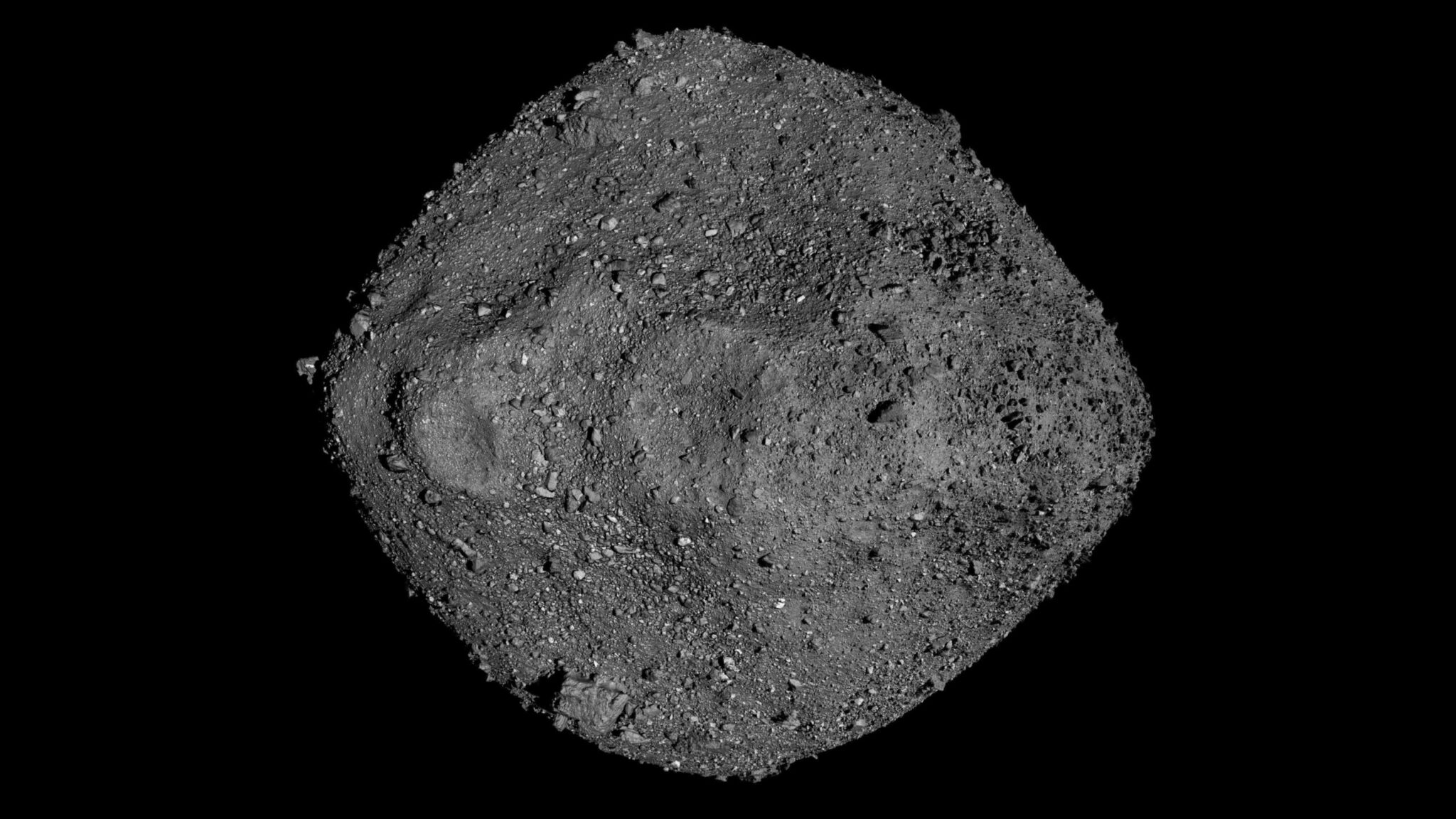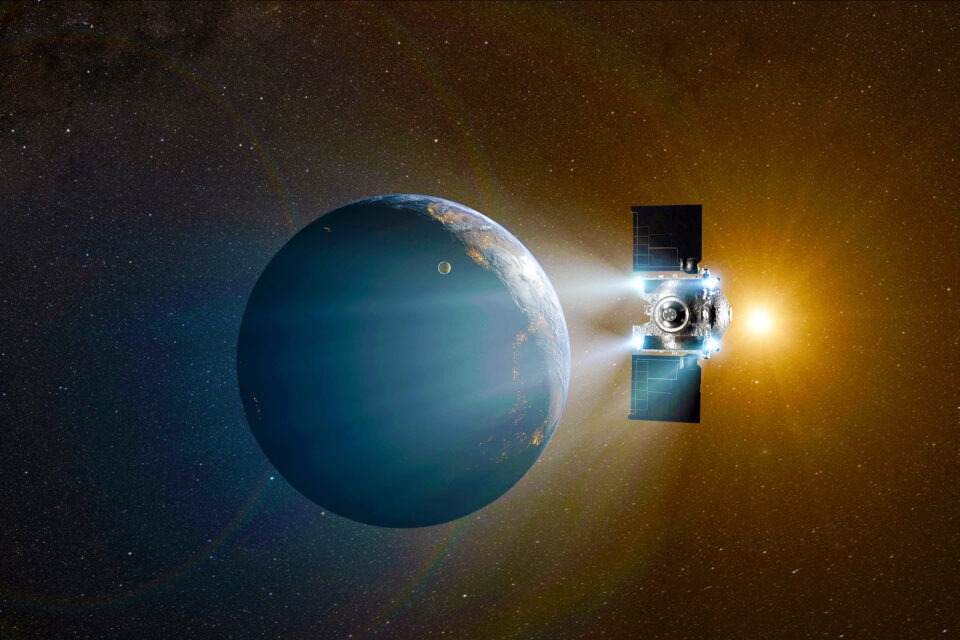Are we in danger of a collision with the asteroid Bennu in 2182? This issue has been of concern to many in recent years and remains the subject of study and discussion among scientists and astronomers. However, recent studies give us hope that this threat may be less than we previously thought.

At the beginning of the XIX century, NASA launched a mission called OSIRIS-REx, aimed at studying the asteroid Bennu. This mission was aimed at collecting samples from the asteroid and studying its properties to learn more about this mysterious object. This information was also supposed to help identify a possible threat to Earth from this asteroid.
Bennu Research
The carbon-rich, diamond-shaped asteroid was first discovered in 1999. It passes close to Earth every six years. But eventually, it may get too close.
Previously, it was believed that the asteroid Bennu was a massive skeletal object consisting of solid material. However, when the OSIRIS-REx spacecraft first landed on Bennu in 2020, it turned out that its surface was not as hard as expected, but more like plastic balls. Scientists were surprised by this discovery, and it made new adjustments to the discussion of the possible threat of an asteroid to the Earth.
No threat until 2300
According to earlier studies, the chances of the asteroid Bennu colliding with Earth in 2182 were estimated at about 1 in 2700. This, of course, was a threatening prospect, and scientists were taking measures to study the orbit of this asteroid in more detail.
Recent studies of Bennu’s orbit have added a certain optimism. The probability of a collision with the Earth in September 2182 was reduced to 0.037%. But according to 2023, the asteroid will most likely not collide with Earth until 2300. This indicates that the threat is less than previously thought. However, accurate predictions about the asteroid’s orbit are constantly being revised and updated depending on new data.
Catastrophic consequences
It should be noted that the asteroid Bennu, even in the event of a collision, does not pose a threat to the overall survival of mankind on the planet. Its influence would be limited to a zone of damage up to 1000 km in diameter. The consequences of its fall would be more local, but still, it is a serious threat to territories and settlements. “The potential aftermath of its predicted collision with Earth could equate to the explosive energy of 22 atomic bombs,” reports Earth.com.

Studying the asteroid Bennu and predicting its movement remains one of the most important tasks for NASA and astronomers in the coming centuries. The more we learn about this asteroid, the better we will be able to identify possible risks and take measures to prevent them. Successful missions, such as the DART test, can provide us with the tools to change the asteroid’s orbit, if necessary, to protect our planet from a potential threat.
Samples of the asteroid Bennu
In 2016, NASA sent a spacecraft to explore Bennu. The OSIRIS-REx spacecraft mapped Bennu’s surface and allowed for a better understanding of its geology and rotation. It also took samples. There were so many of them that it was difficult to close the lid of the sample container. In general, it turned out to collect 250 grams — the largest sample ever taken from space.
On September 24, the long-awaited space “parcel” will land in the desert in Utah during an event that will be broadcast live by NASA. OSIRIS-REx, which is rushing to Earth at a speed of 24 thousand km/h, will drop a small capsule, the fall of which will be slowed down by parachutes. Then the capsule will be picked up and quickly delivered to a local laboratory for further processing.
Earlier we reported on how to deliver samples of celestial bodies to Earth.
According to bgr.com
Follow us on Twitter to get the most interesting space news in time
https://twitter.com/ust_magazine
